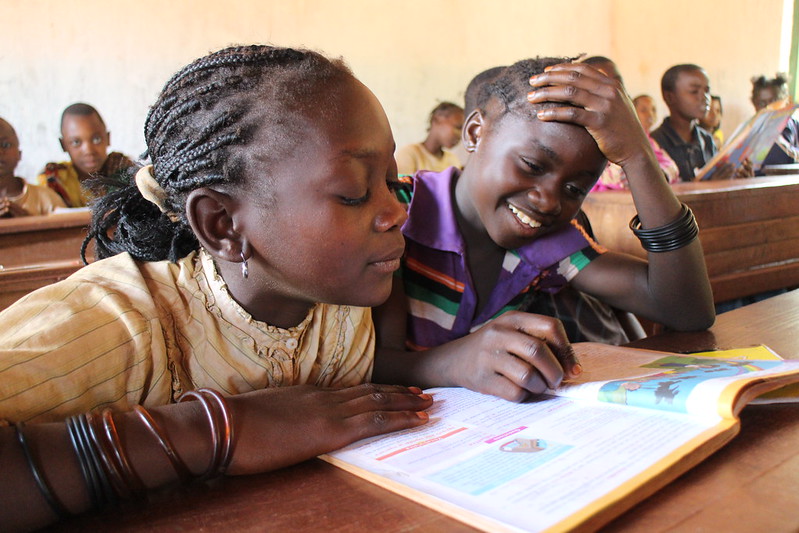Systems
Using education as an entry-point to address violence against children at scale was widely accepted and noted.
The participants acknowledged the complex and sometimes messy nature of education systems which makes achieving change within them a challenge.
A lack of supportive policy ecosystems can prevent the scale up of programmes, for example, when a new policy is enacted in a country that prevents girls who are pregnant from attending school.
While much of the systems discussion focused on education systems, there was recognition that these overlap and interact with child protection for example through national action plans on violence against children, or VAWG. There was strong agreement on the benefits of the education sector crowding in and engaging and influencing these sectors.
National and global policy frameworks and commitments on gender equality in and through education can also provide entry points to greater focus on VIS.
CSOs play a critical and a catalytic role at the country level to agitate for systemic change, for example, when lobbying for national child helplines, or calling for the implementation of relevant National Action Plans. Youth delegates and others called for proper resourcing of coalitions and civil society movements to enable more advocacy to achieve change.
School level
“Some examples are the ‘ming vase’ of an ecosystem, but the majority of education systems are more like ‘Ikea crockery’”
The role of teachers at the centre of the issue of VIS, from agents of change, to witnesses and perpetrators was discussed at length. There was also recognition that teachers are incredibly overburdened. Specific suggestions around working more with and supporting teachers included:
- Life-long training on positive discipline for teachers;
- Awareness raising and education for teachers on the issue;
- Incentives to change their behaviour, where needed e.g. awards, recognition;
- Working with teachers to develop national codes of conduct, framed around the international code of conduct developed by Education International, and to support the dissemination and implementation of these codes of conducts across all schools in all communities;
- Supporting them to have a greater voice in discussions on VIS.
Research and analysis into reporting systems both online (like examples in Tunisia and Peru) and offline, could be made accessible for all stakeholders to support innovation.
Attendees were keen to emphasise how violence is experienced from a child’s perspective. All approaches at a school level must be in coordination with efforts to end violence in all settings and contexts, from the home, on transport, in times and places of sport or religion, and increasingly online.
Digital safety was discussed at different times as a key emerging issue to address, whether that be the increase in cyberbullying or the increase in online learning, without an associated rise in regulation and protection efforts on those online platforms. Some institutions noted an increased focus on digital safety in some form and there was broad agreement on the need to learn more about this issue and increase efforts in this area.
Youth delegates emphasised the importance of creating, supporting and encouraging examples where young people are meaningfully consulted on developing their school’s operational culture and influencing how students experience schools.
Case study: Evidence of barriers to school-based interventions, Connect with Respect
Connect with Respect is grounded in research on violence prevention, gender norms, and the programmatic experience of school-based interventions. The programme was piloted in seven countries, and collected data on teachers’ perspectives and experiences from five countries (Thailand, Timor-Leste, Zambia, Eswatini and Tanzania). The following barriers to implementation were identified:
- Limited teaching time: teachers faced challenges due to insufficient time allocated for teaching the programme, preventing the completion of all activities.
- Behaviour management: Teachers experienced difficulties in managing student behaviour during programme activities, impacting the effective delivery of the programme.
- Large class sizes: The size of the classes posed a challenge to implementing participatory activities effectively within the programme.
- Sensitivity relating to culture and beliefs: Cultural beliefs and expectations created barriers to successfully implementing the programme.
